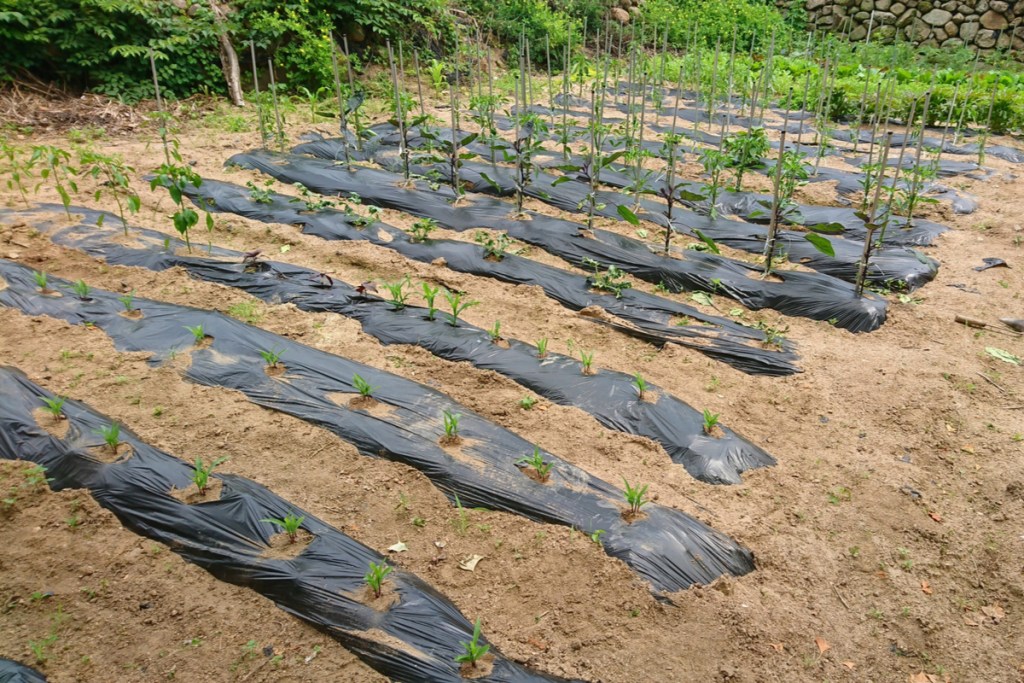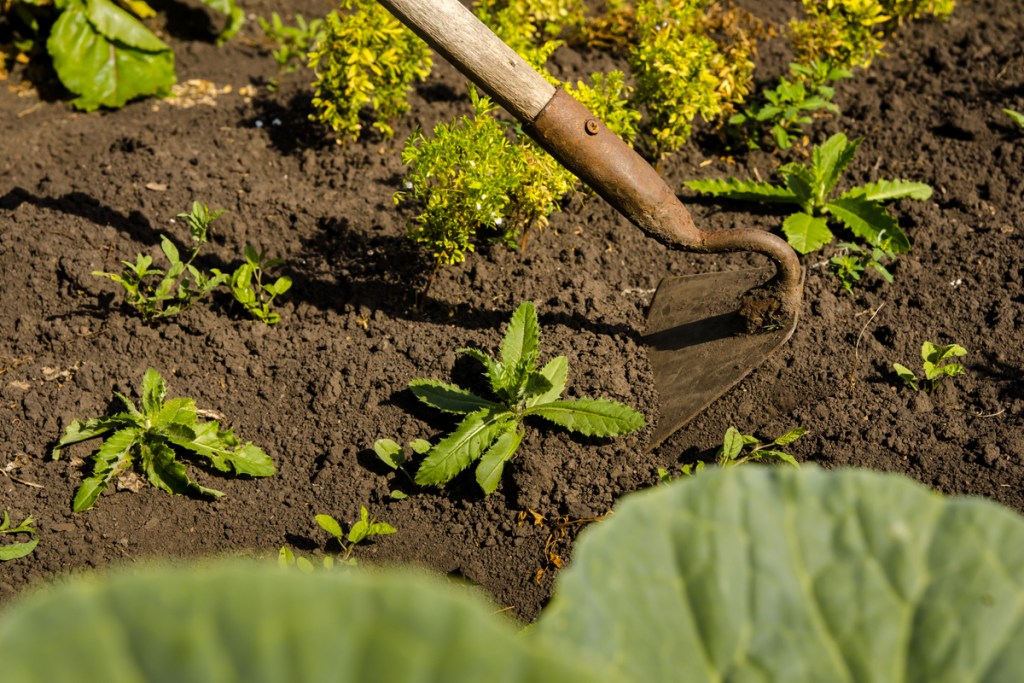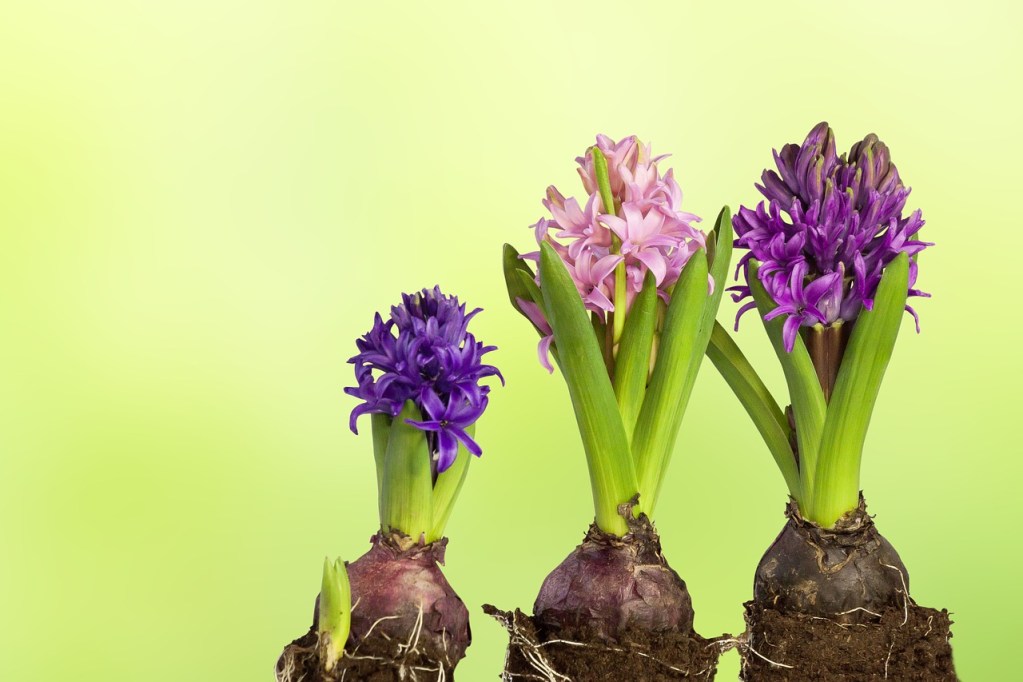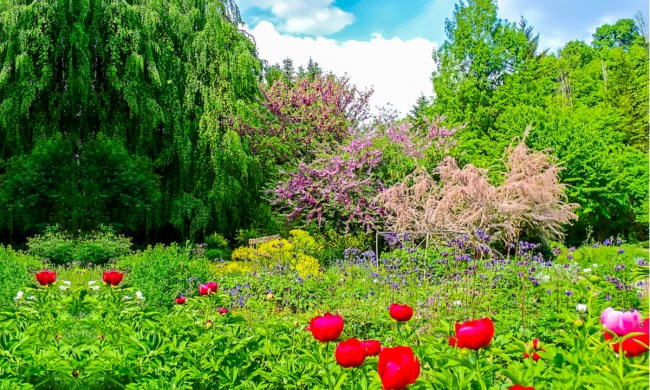
November is the last month of fall, when many plants have already put out their final harvest and others are going dormant for winter. Your garden is slowing down, and there are fewer things to do outdoors. If you’re the type of person who loves being active and productive, or if you have kids that need to be kept busy, then this might be a frustrating time for you. Don’t worry, though. There are still a few things that you can and should do outdoors in November to improve your garden. Add these five November gardening tasks to your checklist to help your garden thrive through winter.

Harvest the last of your fall garden
If you had a fall vegetable garden, be sure to bring in the last of the harvest. You may have already completed this step if you live in a cooler region, but, for those further south, this is the perfect time to wrap up your harvests. Be sure to store them somewhere dark and cool, like the fridge or a cellar (depending on what you were growing), or can them so they last longer. Any produce that’s left on the vine for too much longer will begin to rot or suffer frost damage.
Go ahead and harvest your fall flowers, too. Some flowers are edible and make great additions to meals. Others can be dried, for a bit of spring color all year round. Dried flower arrangements can help lighten the mood in a room, especially in regions with longer, darker winters.

Cover any empty garden space
Soil erosion is often mentioned in regards to river banks and exposed mountain sides, but it can happen in your garden, too. This is especially true in fall and winter when the wind picks up, the snow and freezing rains come down, and there are fewer plants in your garden to anchor the soil in place. Planting cover crops can be a big help with this, particularly rye, wheat, or barley. These are best planted between September and November, before the ground freezes.
If November rolls around and you didn’t plant a cover crop, you can still protect your garden. Mulch, in particular, is a good option, especially since many gardeners already make use of it, so you may have some on hand. You can use either organic or inorganic mulch, from wood chips to gravel. You can even just secure a tarp over the top of your empty garden, avoiding any dormant plants that are left behind. Just remember that whatever you add will have to be removed before you can plant your garden in the spring.

Protect outdoor furniture
If you have any outdoor furniture, it’s important to protect it from any snow, freezing rain, sleet, or hail that may be on its way. This can take on a couple of different forms, depending on the type of furniture you have and what climate you live in.
If your area is prone to hail, then any glass-topped tables should be moved under cover for the winter. Many commercially produced metal furniture sets come weather resistant, but if your furniture is old or you aren’t certain if it’s resistant, then you may want to reseal it. Wood furniture should be sealed, to prevent water damage. You can also secure a water-proof tarp or cover over them, which is particularly helpful for furniture with fabric seats or cushions.

Clear out stubborn weeds
When the weather turns colder, and most plants begin to die back or go dormant, a lot of space opens up in your garden that was previously covered. This can sometimes reveal weeds that were previously unreachable, making November an ideal time for some serious weeding. Since the other plants are already dead or dormant, the risk of accidentally damaging the plants you want in your garden is significantly lower. This means you can really get in there with a hoe or spade and get to the root of these stubborn weeds.

Plant your spring-blooming bulbs
Early-blooming spring bulbs should be planted in October or November, so that they’re ready to bloom at the first signs of spring. Most plants prefer to be planted after the first thaw of spring, but bulbs actually need a long cold period in order to grow properly. Crocuses, hyacinth, tulips, daffodils, and snowdrops are a few great options for spring-blooming bulbs. Choose large, healthy bulbs that are free of discoloration or soft spots.
The depth you plant your bulb at depends on the size of the bulb. A good rule of thumb is to bury them twice as deep as the bulb is tall. For example, a 3-inch bulb should be planted roughly 6 inches deep. Make sure the point of the bulb is facing upwards, as this is where the shoots will come from in spring.
Put these five tasks on your to-do list this November for a healthy, thriving garden (and safe furniture) come spring. They should keep you busy, but not too busy. More importantly, they can help you protect your garden and your outdoor furniture so that, when the thaw comes, they’re there waiting for you. However, these are also only five of many possible tasks you could take on. You know your garden best, so do what you need to do to keep it healthy this November!



